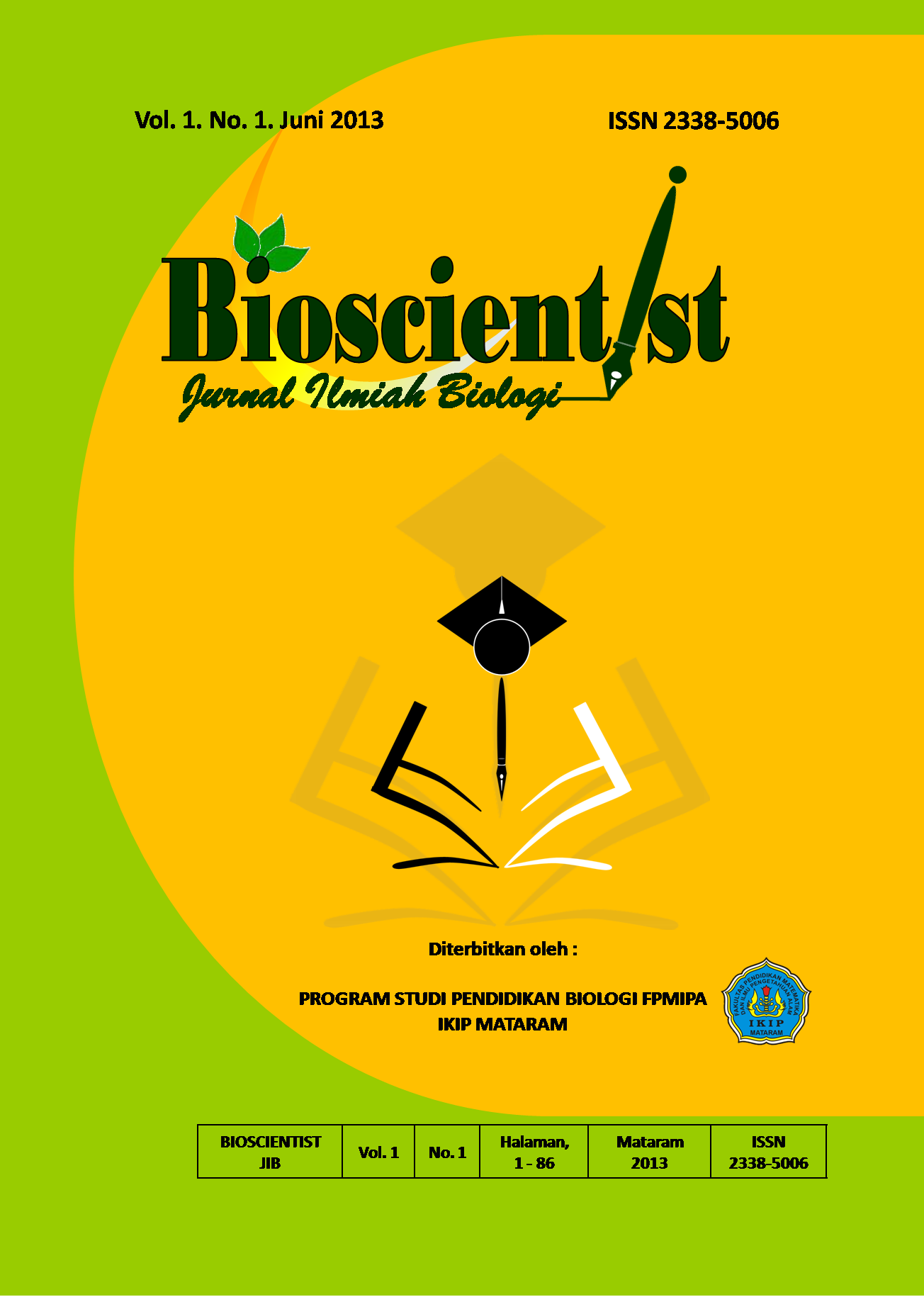PEMANFAATAN AMPAS TAHU DAN LIMBAH JAMUR DALAM PEMBUATAN KOMPOS ORGANIK UNTUK MEMENUHI UNSUR NITROGEN (N)
DOI:
https://doi.org/10.33394/bioscientist.v1i1.3552Keywords:
Tofu Detritus, Mushroom Waste, Organic Compost, Nitrogen Element.Abstract
References
Arikunto, S. 2010. Prosedur Penelitian Suatu Pendekatan Praktek. Jakarta: PT. Rineka Cipta.
Erma, H. 2010. Eksperimen Pembuatan Sugar Pastry dengan Substitusi Tepung Ampas Tahu. Semarang: Universitas Muhammadiyah.
Hanafiah, K., A. 2010. Rancangan Percobaan Teori dan Aplikasi. Jakarta: PT. Raja Grafindo Persada.
Oetami, D., H. 2012. Mikrobiologi Pertanian. Yogyakarta: Graha Ilmu.
Ridayanti, dkk. 2011. Pembuatan Abon Ampas Tahu sebagai Upaya Pemanfaatan Limbah Industri Pangan. Bogor: Universitas Djuanda.
Riyo. 2006. Pupuk Kompos. Yogyakarta: PT. Citra Aji Parama.













